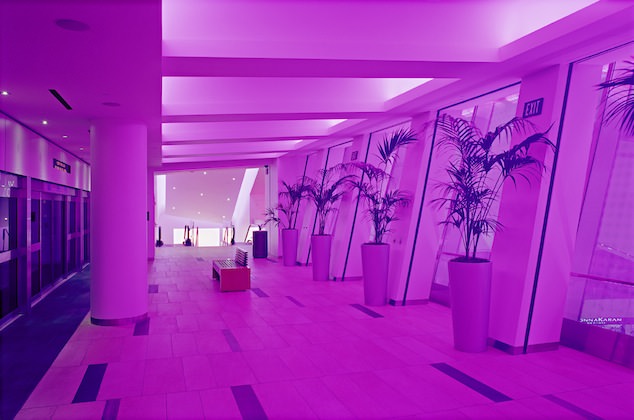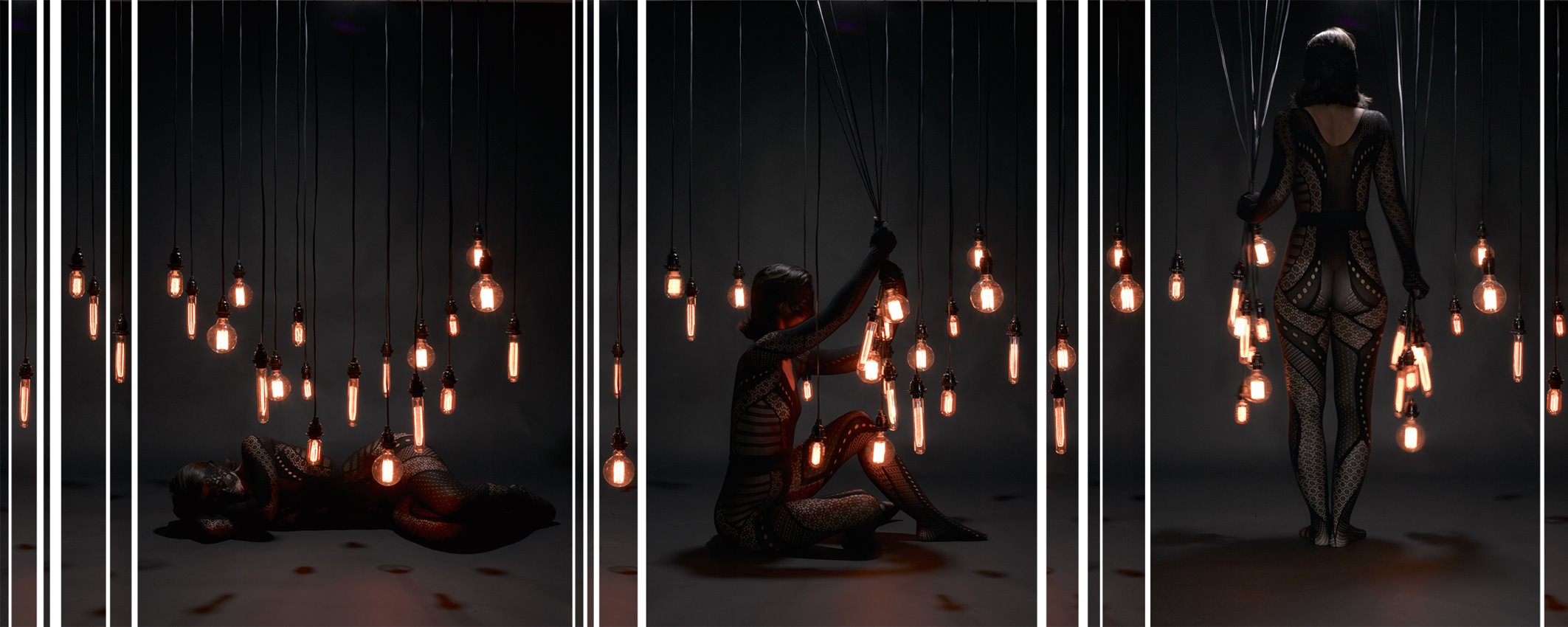Comparing the work of two differing artists can be crude, simplistic at best, especially two artists who worked contemporaneously and were both inspired by the old masters (any art historian would struggle to find many twentieth century artists who weren’t). But, occasionally, these comparisons can bring new light and meaning to artists whose retrospectives have become tired, well known and rather too familiar. This is the case with a new exhibition “Bacon Moore: Flesh and Bone” at the Ashmolean Museum in Oxford.
These two esteemed artists appear to be two points on opposing poles. If one were to set them side-by-side, they could list numerous distinctions between the two. Moore was a Royal College of Art-educated sensitive, settled Yorkshire man, who carved delicately romantic reclining female figures, pre-planned through meticulous preliminary sketches and were often monumental and intended as public works for large, outdoor spaces. His sculptures recall skeletons – the smooth foundations of the human form.
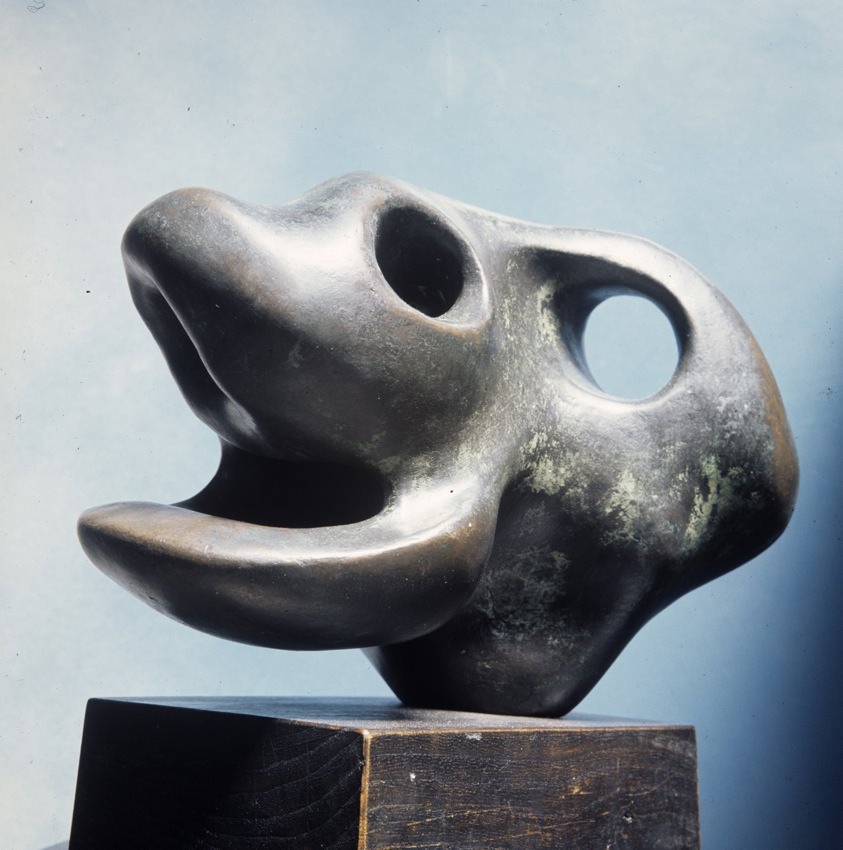
Animal Head
1951
Bronze
© The Henry Moore Foundation
Bacon, conversely, was a self-taught, brutal Irishman, with a tumultuous homosexual private life marked by tragedy, who painted violent, emotionally raw depictions of human flesh in deep clots of scarlet paint, monstrous in their beauty, and confined within painted intangible prison cells on gallery walls, or even destroyed by him in fits of rage.
Both artists, however, appear to have been observing similar subjects and although, as noted by curators, Richard Calvocoressi CBE and Martin Harrisson, “marked by their differences,” they were merely “looking at the same themes, but responding to them in a different way.” The Ashmolean has brought together the works of two prominent artists, whose careers have rarely been linked, and who were not well acquainted. The exhibition comprises 20 paintings by Bacon and 40 works by Moore.
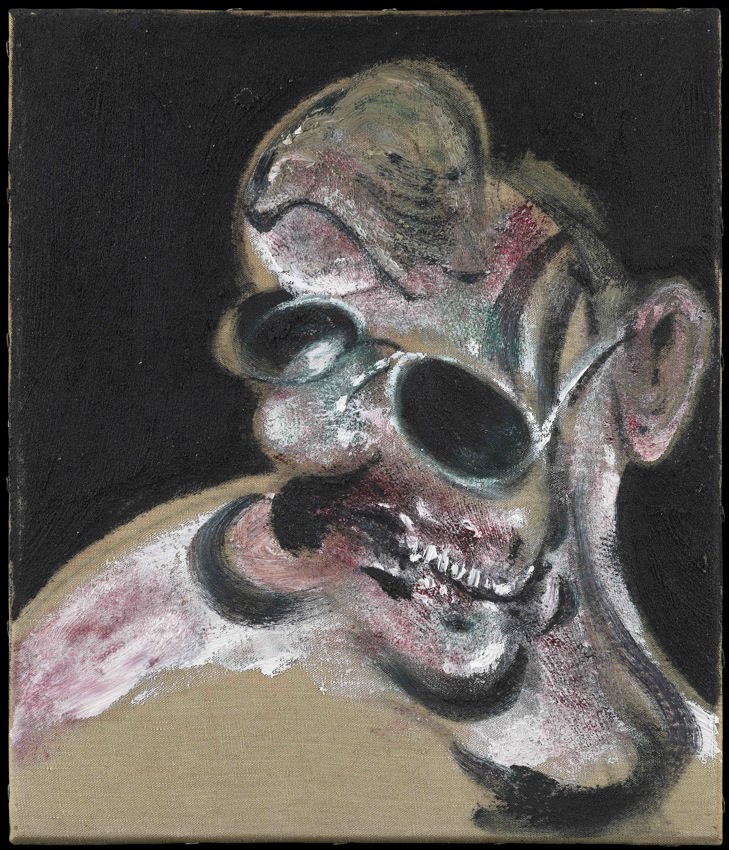
Portrait of Man with Glasses
1963
Oil on canvas
© The Estate of Francis Bacon
The most touching aspect of the exhibition is the story of how it came about. Curator, Calvocoressi, attended a lecture by Dr. Francis Warner as a young Oxford graduate, which inspired him so much, that decades later he is using it as the foundation for this blockbuster exhibition. Warner’s lecture, given in February 1970, posited that both artists, steeped in post-war trauma and sentiment, were on a quest to depict the human form in an appropriate new-age form in the face of what the world had experienced – a struggle which was entrenched in the minds of many post-war artists, poets, and writers. Warner knew both men personally, and so his argument was rooted in familiarity, rather than remote academic motives. Interestingly, it was revealed in his lecture that Bacon and Moore had previously exhibited together on several occasions in the 1960s, including at Marlborough Fine Art and Lefevre in London.
Meandering through the exhibition, visitors rediscover the artists through one another. The opening, two large photographs of each man’s respective studios – Bacon’s: shambolic, cramped, paint everywhere and not a visible scrap of floor, and Moore’s: white, clean and shelved – introduces the artists via their differences. We walk through a collision of these men’s personal worlds, then into the dark, moody gallery spaces where the artists have been compared thematically.
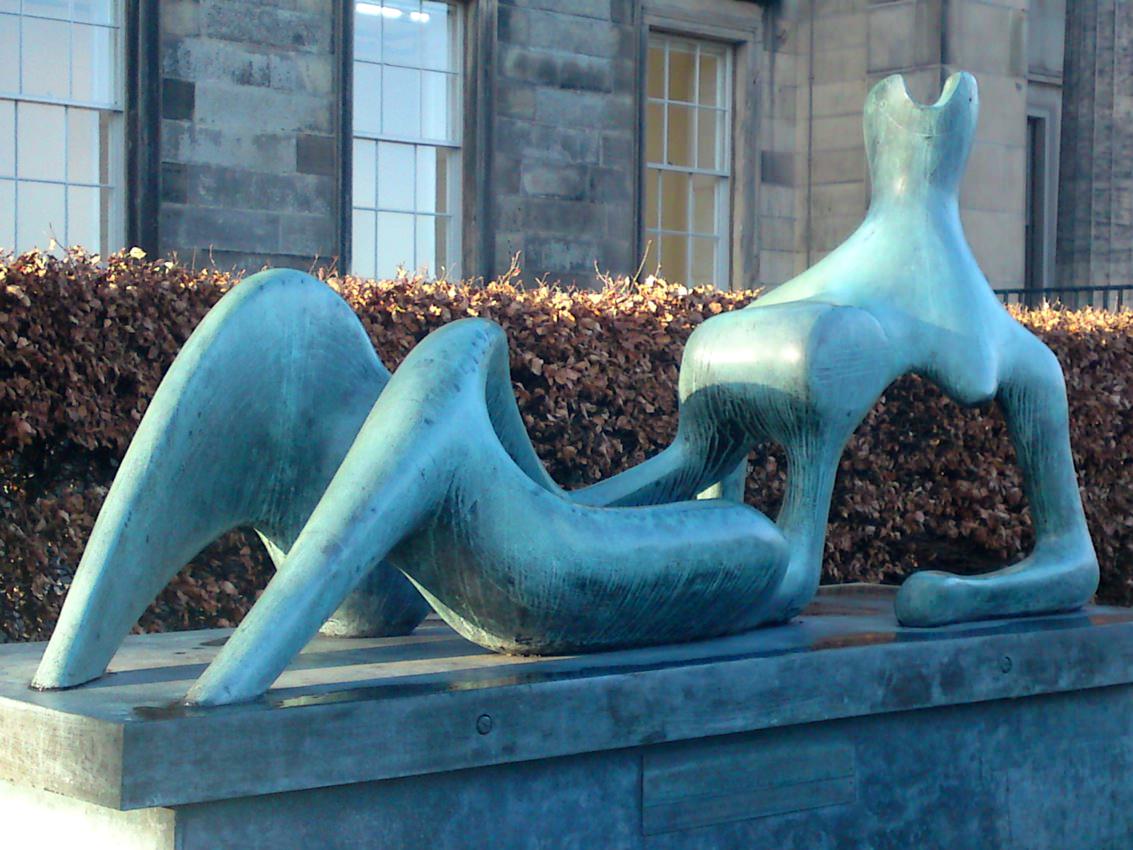
Reclining Figure: Festival
1951
Bronze
© The Henry Moore Foundation
The treatment by both men of the human body is hailed as their largest comparison, fuelled by their admiration of the work of Rodin and Michelangelo, whose drawings form a prelude to the exhibition. Rodin’s twisted, highly anatomical sculptures and Michelangelo’s sexually charged, muscular studies, sit comfortably next to Bacon’s Studies of the Human Body (1979) and Moore’s entangled reclining figures. From the outset, we see similarities between their abstractions. Both men are shown to be inspired by Picasso’s biomorphic forms and fantastical surrealist imagery – Moore, reacting in a humanist way, with soft depictions of reclining female forms and Bacon, anti-humanist and aggressive against male bodies – seen in Lying Figure (1959).
We see how both men’s lives were overshadowed by violence – Moore having served in the Trenches in the Great War, Bacon, through an upbringing in Ireland, and both men in World War II in which Moore sketched the harrowing effects of the Blitz upon London’s citizens, and Bacon was an ARP warden. These experiences had profound effects on the work of both men, bringing them together and yet, simultaneously highlighting their differences. At this point, we see Moore’s sketches of Londoners sheltering from the Blitz, their bodies appearing contorted and Bacon-esque.
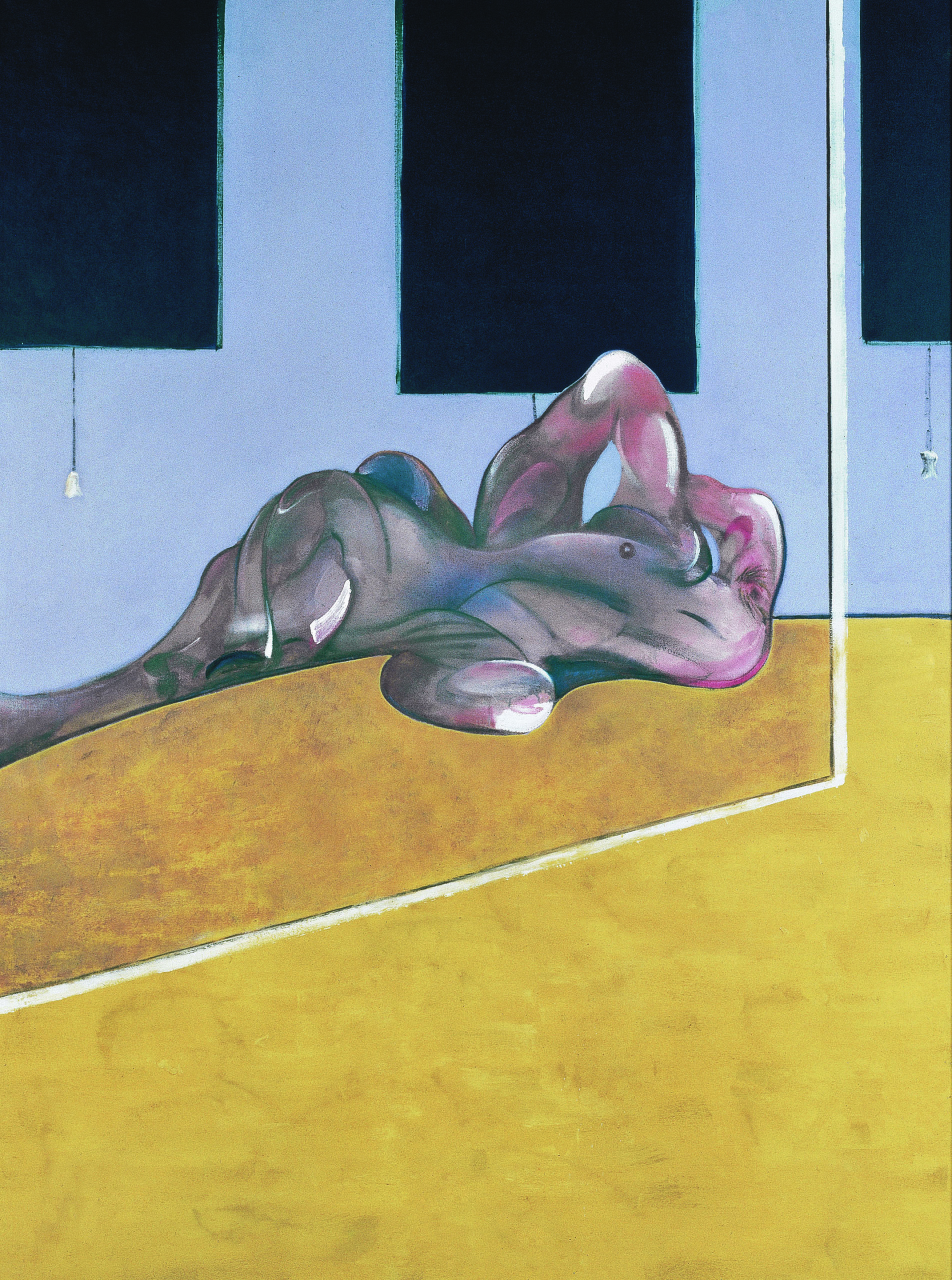
Lying Figure in a Mirror
1971
Oil on canvas
© The Estate of Francis Bacon
We see how Bacon’s paintings became more sculptural and three-dimensional in style, and how he even approached Moore at one point in the 1970s, to learn the art of sculpture. In a similar vein, Moore’s work became more painterly, relishing the imperfections in his work and soon moved on from carving to modelling in plaster so he could work on a much larger scale.
Both men, although atheists, held a fascination with the crucifixion, their triptych’s set against one another – Moores awesome sculptures, Three Upright Motives (1955), dominate the central gallery, opposite which hang Bacon’s three paintings, Second Version of Triptych 1944 (1988), hung high, like deities – both powerful, both awe-inspiring in their own way, transforming the gallery into a temple and speaking of man’s atrocities against man.
As the exhibition draws to a close, the similarities between the two become more and more apparent, not forced upon viewers, but appearing naturally like shapes in clouds. Moore’s heads appear like bronze masks or mutations, the most Bacon-esque part of his oeuvre, and Bacon’s contorted male faces recall Moore’s undulating androgynous recumbent bodies.
It’s an intriguing exhibition, one that pushes forward an argument. It’s not a comparison or a competition between the two artists (to view it in that vein would be simplistic and ignorant) but a marriage of their work. At times, Bacon’s powerful aggression does overshadow Moore’s soft romance but to focus on that would be to miss the point entirely. It’s not perfect – the labels lean toward hyperbole at times and the final rooms seem rushed, but it’s challenging and stimulating. Only the most open-minded visitor could look upon these two artists and erase pre-conceived prejudices but that’s the intrigue behind this ambitious and informative display. It truly is an academic manifesto, which would do well translated to a larger gallery space, but feels perfectly at home in collegiate Oxford.




